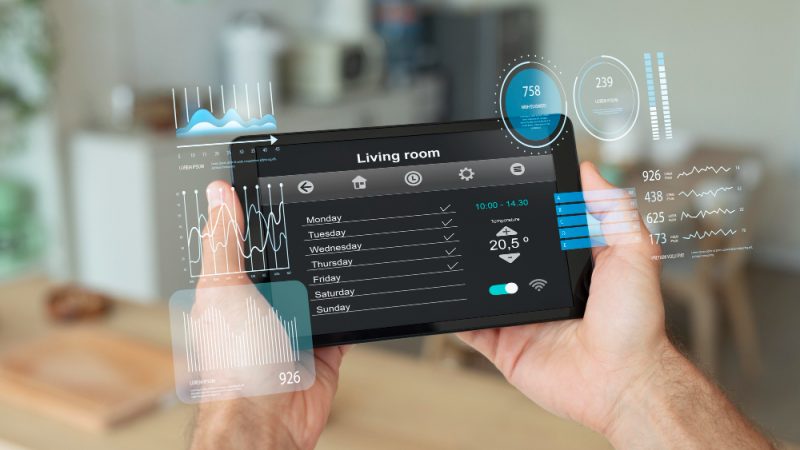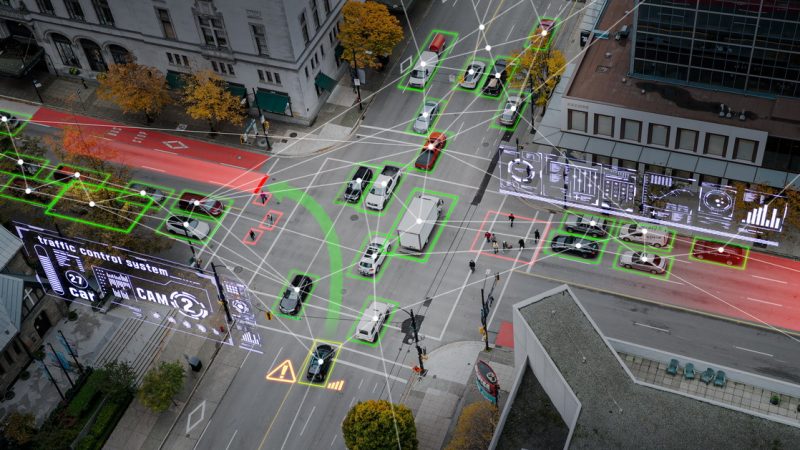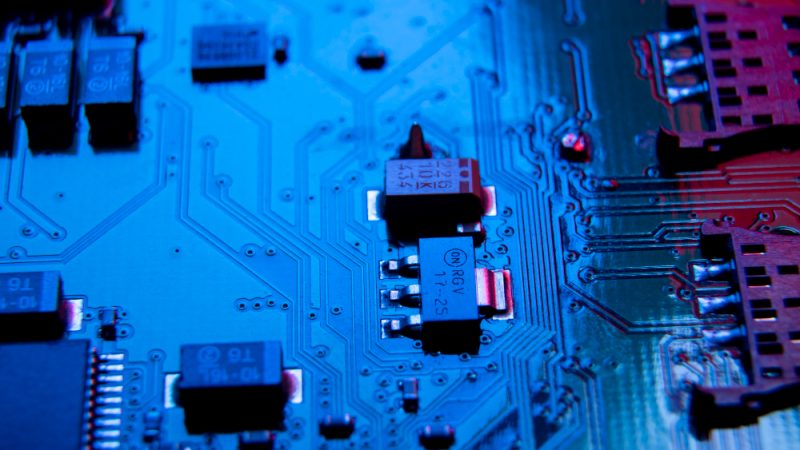Designing Industrial IoT Applications: Choosing Between Monolithic and Microservices Architectures

Do you want to design industrial IoT applications for your business, but are confused which architecture to choose? Or are you looking for the pros and cons of Monolithic and Microservices Architectures? No need to worry. We have your back. Here’s a detailed blog about Monolithic and Microservices Architectures and their pros and cons. One thing we must know before starting the blog, that for efficient applications you’ll need to hire IoT developers.
What is Monolithic Architecture?
Monolithic architecture is one of the two fundamental methodologies of IoT application development, the other one is Microservices architecture, which we will discuss ahead. The term Monolithic architecture is derived from the term Monolith which means “a single majestic stone.” Just like the actual term the monolithic architecture in software design stands for a singular, firmly integrated large computing network developed on a single codebase.
Software developers craft every component of an IoT application using a single codebase that includes the database, the server-side application and client-side user interface. The straight forward approach ensures simplified development and deployment using a single codebase architecture.
Characteristics of Monolithic Architecture
The unique characteristics of Monolithic architecture make it stand out as a strong and robust structure for designing industrial IoT applications. Let’s take a look at the different characteristics of Monolithic architecture.
Single Codebase
The entire Monolithic architecture of IoT applications is built on a single large codebase which allows all the components to interact with each other in the same environment.
Firm Integration
All the modules in the Monolithic architecture are tightly linked which means the entire application will be affected when you try to change one part.
Single Deployment
Since the entire application is developed on a single codebase, it is deployed as a whole, that means you need to redeploy the entire system for any changes or updates.
Centralized Data Management
All the data that revolves in the entire Monolithic architecture is stored and managed in one central database.
What is Microservices Architecture?
Microservices architecture is exactly the opposite of Monolithic architecture, it divides entire IoT applications into smaller and loosely coupled services. In this architecture the components interact with each with the help of APIs. Every microservice in the architecture is designed to fulfil business logic or specific features.
As we already know it is exactly opposite of Monolithic architecture, it means each of its services are developed, deployed, and scaled independently which enables developers to make it more scalable, flexible and resilient. Microservices architecture promotes a more modular and agile development process.
Characteristics of Microservices Architecture
The entire IoT application is decentralized due to various characteristics of Microservices architecture, which also allows independent changes and updates. Let’s take a look at some of them.
Decentralized System
Unlike Monolithic architecture, in this architecture each microservice has its own codebase and database which makes it autonomous and allows independent development.
Loose Coupling
In microservices architecture, the services are not tightly coupled but connect via various lightweight protocols such as messaging queues or REST APIs reducing dependencies in IoT development.
Independent deployment
Every service of your system is deployed independently from each other allowing developers to change and update any services without needing to redeploy the entire system.
Scalability
In Microservices architecture, we are able to scale individual components based on specific requirements which improves the flexibility of the system.
Pros and Cons of Monolithic Architecture
Monolithic architecture for IoT applications offers a wide range of benefits but still has some cons that doesn’t make it a suitable option for every industry. Let’s have a look at the pros and cons of Monolithic architecture.
Pros:
- Simple and straightforward development process where IoT service providers build all the components of an IoT application as a single unit within a single codebase.
- Since the entire application is developed within a single codebase, integrating, testing and debugging become much simpler.
- Tightly coupled modules perform high-performance internal communication reducing latency and improving performance.
- Cost-effectiveness when you are working on small IoT applications.
- Consistent performance with predictability because of a single codebase.
Cons:
- Hard to scale as it requires scaling the entire system rather than just one component.
- Due to large and tightly integrated systems, maintenance becomes complex and costly.
- Slower development cycle as even small changes require redeveloping and redeploying the entire system.
- It becomes difficult to find faults because of interconnection between modules.
Pros and Cons of Microservices Architecture
Microservices architecture offers a lot of benefits when it comes to developing industrial IoT applications. However, it also has some disadvantages making it not a suitable architecture for every business. Let’s have a look at some of its pros and cons.
Pros:
- Flexible development process where teams work independently on separate services which leads to faster deployment.
- Each service of the application can be scaled independently which will optimize resource usage.
- Failure in one service doesn’t affect the entire system due to independence.
- This architecture gives technological freedom allowing each microservices to use different technologies, programming languages and freedom.
- Micro modular services makes the application easy to maintain compared to large monolithic codebase.
Cons:
- Multiple microservices makes it complex to deploy, monitor and communicate.
- Performance is impacted due to latency in inter-service communication happening over the network.
- Data consistency and transactions become complex due to each service having its own database.
- Tracing and debugging becomes difficult due to independently deployed services.
Conclusion: What to Choose for Your Industrial IoT Applications?
We already know that both Monolithic and Microservices architecture offer a lot of advantages for developing industrial IoT applications but also have some disadvantages that make them not suitable for every application. Choosing one of them ultimately depends on the scale, complexity and long-term goals. Monolithic architecture is a preferable option, when you are developing a smaller, less complex application prioritizing simplicity, cost-efficiency and stability. However, Microservices should be preferred for large scale and evolving industrial systems that require flexibility, scalability and availability.






